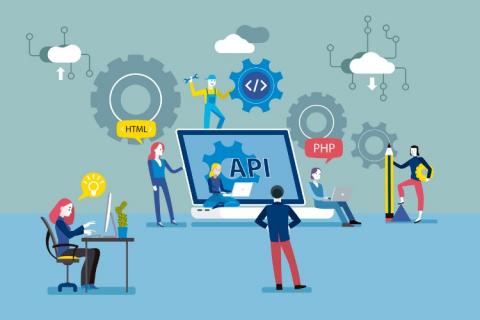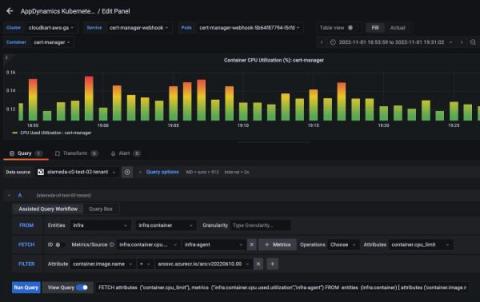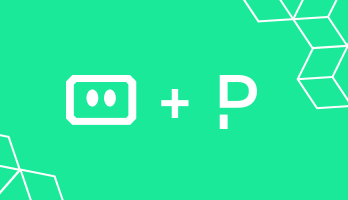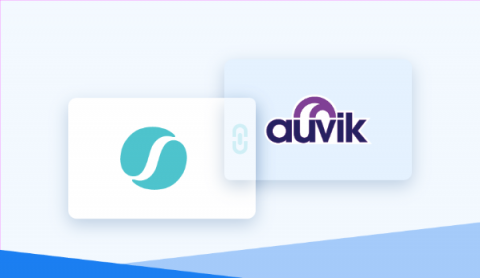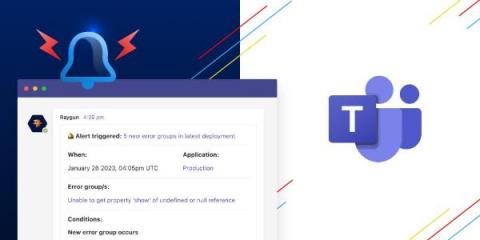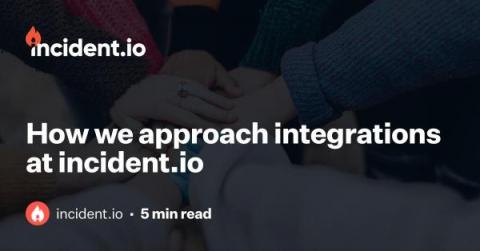Operations | Monitoring | ITSM | DevOps | Cloud
Latest Posts
AppDynamics Cloud integrates with Grafana to add key metrics for dashboards
AppDynamics Cloud releases the first (and only) vendor provided free plugin for GrafanaⓇ OSS. Widely adopted by DevOps, SREs and developers, Grafana has become the go-to dashboarding tool among users—including our own internal teams. As such, Cisco AppDynamics has expanded support and use cases for Grafana by building an open-source integration for AppDynamics Cloud customers, absolutely free of charge!
Integrating Komodor with PagerDuty
PagerDuty provides a SaaS-based platform that enables developers, DevOps, IT operations, and business leaders to prevent and resolve incidents that could potentially impact customer experience. This platform allows organizations to proactively manage events that may affect customers across their IT environment, which is crucial for maintaining customer satisfaction, revenue, and brand reputation.
Gain real-time observability into your software supply chain with the New Relic Log Analytics Integration
Squadcast + Auvik Integration: Routing alert made easy
How robotic process automation (RPA) streamlines data integration
If ServiceNow had a robotic process automation (RPA) fan club, I’d run for president. After seeing firsthand how an RPA-driven bot can improve productivity, I’m a firm believer in this technology. Not long ago, I was assigned a new project for my team: Use RPA to enhance data integration and management of our highly complex configure, price, quote (CPQ) system and processes, which our sales team uses to generate product configurations and pricing.
Microsoft Teams for Alerting has landed
Integrate eG Enterprise with Multiple ITSM Tools at the Same Time
Previous versions of eG Enterprise limited the eG Manager integration to a single ITSM system such as ServiceNow ITSM, Autotask, JIRA or others. This limitation was particularly cumbersome for SaaS and MSP (Managed Service Provider) deployments where each tenant/customer may have had their own preferred ITSM system. Our latest release lifts this restriction. ITSM integration can now be done for a specific Organization, Organizational Unit, or even User.
Complete observability & monitoring of your integration infrastructure
Integration is a fundamental part of any IT infrastructure. It allows organizations to connect different systems and applications together in order to share data and information. As organizations become more complex and interconnected, they need to ensure they have complete observability and monitoring of their integration architecture. This is essential in order to discover, understand and fix any issues that can arise.
How we approach integrations at incident.io
If you pick a random SaaS company out of a jar and go to their website, chance are they integrate with another tool. Typically, the end goal of integrations is to meet users in the middle by working with other tools they’re already using on a day-to-day. Put another way, integrations are a strategic business decision. But the question remains: why don’t companies just build a tool with similar functionality in order to make the product stickier?


